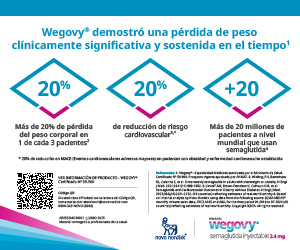P16 Management of blood pressure (BP) in the diabetes doctor's office
DOI:
https://doi.org/10.47196/diab.v54i3Sup.397Keywords:
management, blood pressure, diabetes doctor's officeAbstract
Introduction: Hypertension (HT) continues to be the leading cause of death in the world and is the main risk factor for cardiovascular diseases (CVD) with an increasing prevalence. The proper management of HT inevitably begins with the proper measurement of BP. Taking it in the office is the basis for diagnostic and therapeutic interpretations, but it is exposed to multiple biases, typical of the implemented technique.
Objective: Document how the majority of doctors who care for people with diabetes (DM) develop diagnoses of HT and take therapeutic behaviors based on multiple technical biases and with poor consideration of scientific recommendations (three different BP measurements in each consultation; in the first visit, the PA is taken in both arms and in the first visit, the investigation of orthostatic changes) (1-2)
Material and method: A survey on the management of hypertension was conducted in the doctor's office. Distribution was by email (SAD) to 2377 recipients, 873 opened the message and 445 surveys were validated. Variables collected: age, sex, specialty, technical characteristics for taking BP, management of hypertension, pharmacological preferences, among others. Homogeneity tests were performed from the contingency tables and, for the processing and analysis of the database, the SPSS ver 15.0 was used.
Results: 64.5% were women. 78.4% do not reside in AMBA. 81% mostly attend DM. 81.1% take BP in all patients. Only 2.5% of those surveyed comply with the protocol when taking BP (1.05-3.95; 95% CI). 33% did not assign in the survey that SBP values ≥ 140 mmHg, DBP> 90 mmHg, or both define HT. 73% use an uncalibrated aneroid sphygmomanometer and only 36% use an approved digital or calibrated aneroid method. 60% of those surveyed indicate changes in anti-hypertensive therapy. The analysis between variables did not show significant differences (technique in taking BP, sex, age, specialty, origin AMBA vs. non-AMBA)
Conclusion: A low percentage of those surveyed (2.5%) act in accordance with the national recommendations for the management of hypertension in diabetes in the doctor's office, and a large proportion (60.2%) take therapeutic measures based, for the most part, on systematic and biased techniques.
Downloads
Published
Issue
Section
License

This work is licensed under a Creative Commons Attribution-NonCommercial-NoDerivatives 4.0 International License.
Dirección Nacional de Derecho de Autor, Exp. N° 5.333.129. Instituto Nacional de la Propiedad Industrial, Marca «Revista de la Sociedad Argentina de Diabetes - Asociación Civil» N° de concesión 2.605.405 y N° de disposición 1.404/13.
La Revista de la SAD está licenciada bajo Licencia Creative Commons Atribución – No Comercial – Sin Obra Derivada 4.0 Internacional.
Por otra parte, la Revista SAD permite que los autores mantengan los derechos de autor sin restricciones.




























